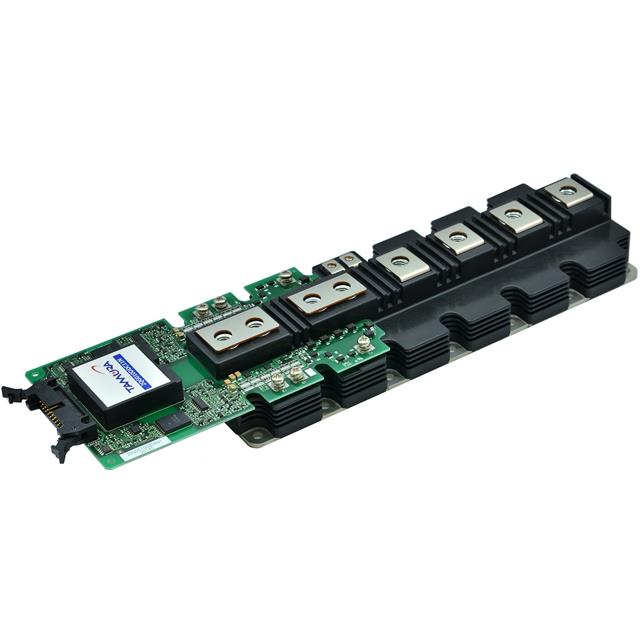
| TYPE | DESCRIPTION |
| Mfr | Tamura |
| Series | - |
| Package | Tray |
| Product Status | ACTIVE |
| Package / Case | Module |
| Mounting Type | Chassis Mount |
| Operating Temperature | -40°C ~ 85°C |
| Voltage - Supply | 13V ~ 28V |
| Input Type | Non-Inverting |
| Supplier Device Package | Module |
| Rise / Fall Time (Typ) | 500ns, 500ns |
| Channel Type | Independent |
| Driven Configuration | Half-Bridge |
| Number of Drivers | 2 |
| Gate Type | IGBT |
| Logic Voltage - VIL, VIH | 0.5V, 3.3V |
| Current - Peak Output (Source, Sink) | 43A, 43A |
| DigiKey Programmable | Not Verified |












